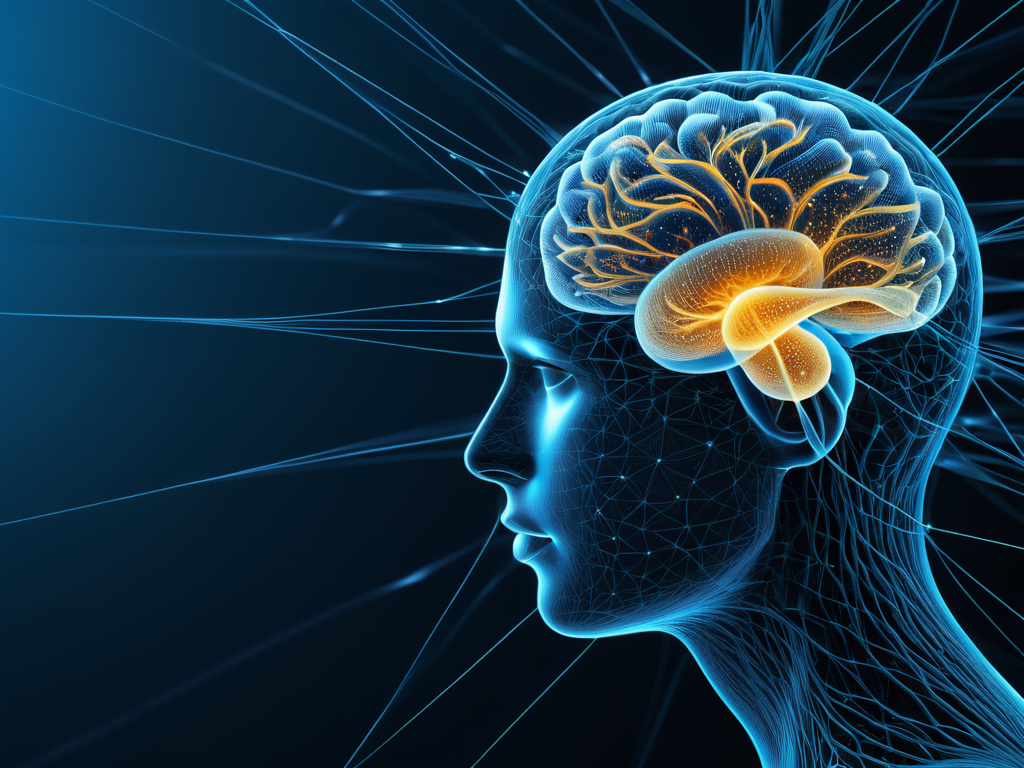A Deep Dive into Neural Network-Based Upscaling Techniques: What You Need to Know

Introduction
Neural network-based upscaling techniques have revolutionized the field of image processing in recent years. These methods involve using neural networks to upscale low-resolution images into high-resolution images, which has numerous applications in fields such as healthcare, finance, and entertainment.
In this blog post, we will delve deep into the world of neural network-based upscaling techniques and explore the various methods that are currently being used. We will also examine the advantages and disadvantages of each method, as well as provide practical examples to illustrate how they work.
What is Neural Network-Based Upscaling?
Neural network-based upscaling involves using a neural network to upscale a low-resolution image into a high-resolution image. The process typically works by first training a neural network on a dataset of images with known resolutions. Once the neural network has been trained, it can then be used to upscale new images.
There are several different types of neural networks that can be used for upscaling, including convolutional neural networks (CNNs) and recurrent neural networks (RNNs). CNNs are particularly well-suited for this task because they are able to learn complex patterns in images.
How Does Neural Network-Based Upscaling Work?
The process of neural network-based upscaling typically involves several steps:
-
Data Preparation: The first step is to prepare the data that will be used to train the neural network. This typically involves collecting a large dataset of images with known resolutions, as well as any additional information about each image (such as its class label).
-
Training the Neural Network: Once the data has been prepared, it can be used to train the neural network. The training process typically involves feeding the input data through the neural network and adjusting the weights and biases of the neural network based on the output.
-
Upscaling: After the neural network has been trained, it can then be used to upscale new images. This is typically done by feeding the low-resolution image into the neural network and retrieving the high-resolution image from the output layer.
-
Post-processing: Finally, any additional processing may need to be performed on the upscaled image (such as removing artifacts or enhancing color).
Practical Examples
Let’s consider a practical example of how neural network-based upscaling works in practice. Suppose we want to upscale an image of a cat from 256x256 pixels to 1024x1024 pixels.
First, we would prepare our data by collecting a large dataset of images of cats with known resolutions (including the low-resolution image we want to upscale). We would then use this dataset to train a convolutional neural network using a deep learning framework such as TensorFlow or PyTorch.
Once the neural network has been trained, we can use it to upscale our low-resolution cat image. This is typically done by feeding the 256x256 pixel image into the neural network and retrieving the 1024x1024 pixel image from the output layer.
After upsampling, we may need to perform some post-processing on the image (such as removing artifacts or enhancing color). In this case, we could use a library such as OpenCV to remove any unnecessary edges from the image.
Challenges of Neural Network-Based Upscaling
While neural network-based upscaling is a powerful technique, it is not without its challenges. Some of the main challenges include:
-
Noise and Artifacts: Upscaled images can often contain noise or artifacts that are not present in the original image. These can be removed using techniques such as filtering or denoising.
-
Blurriness: Upscaled images can also become blurry due to the interpolation process used by neural networks. This can be improved by using more advanced techniques such as super-resolution.
-
Computer Resources: Neural network-based upscaling requires significant computational resources, particularly for large images. This can make it difficult to use on lower-end hardware.
Conclusion
In conclusion, neural network-based upscaling is a powerful technique that has numerous applications in fields such as healthcare, finance, and entertainment. While it is not without its challenges, the benefits of this technique make it an important tool for anyone working with images.
About Elizabeth Lee
As a photographer and AI expert, I help bridge the gap between human creativity and machine learning. With a background in photography and 3+ years of experience editing & generating images with AI tools, I'm passionate about sharing practical tips on how to unlock visual potential at gophotos.com.
